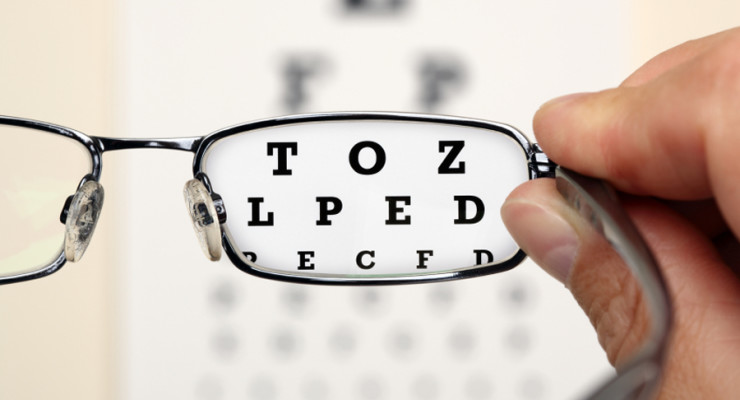Myopia cases is expected to increase up to billion by year 2050.
More than half of the world’s population expected to have Myopia by 2050, researchers predict, significantly increased risk of blindness. Myopia which also known as nearsightedness and short-sightedness, is feared to increase globally. It is a condition of the eye where the light that comes in does not directly focus on the retina. The image that one sees when looking at a distant object to be out of focus rather focus when looking at a close object.
The latest report shows up to five billion people will be at risk of developing myopia in 2050. Some research found out that myopia may be inherited from one’s parents and is genetically controlled. It has been shown that the visual environment is an important factor in determining ocular development. Researchers from Brien Holden Vision Institute urged everyone to help in preventing widespread vision loss from becoming a reality as cases of myopia may reach epidemic proportions.
In statement of Professor Kovin Naidoo, acting CEO of Brien Holden Vision Institute: “The major concern is with the vast number of people who are likely to progress to high levels of myopia, which brings with it a significantly increased risk of potentially blinding conditions and vision impairment. Myopia is not curable or reversible, but there are promising interventions using optical and behavioral approaches that can help slow the progression and prevent people becoming highly myopic.”
“Parents should encourage their children to spend time outdoors for at least two hours each day. They should also ensure children don’t spend too much time on electronic devices, such as tablets, mobile phones, electronic games, television and other activities which requires them to focus close up for long periods. Teachers and parents should ensure that children are screened for vision problems at regular intervals and can also be vigilant in detecting and acting on vision problems among children,” Professor Kovin Naidoo added.
Myopia has become particularly common in East Asia. Researchers found that high percentage in Singapore, China, Taiwan, Hong Kong, and Korea suffered degree of vision loss. They later suggest to implement optical treatments as well as behavioral interventions in order to control it from spreading. According to the National Institutes of Health, there is no known way of preventing myopia, and the use of glasses or contact lenses does not affect its progression. Professor Naidoo warned everyone to prevent vision loss, “Firstly, the public must be made aware that this threat exists. Secondly, we need researchers and public health practitioners to develop effective solutions. Thirdly, eye care professionals need to be better equipped to manage patients at risk.” IMAGE/Waeyecare

Leave a Reply